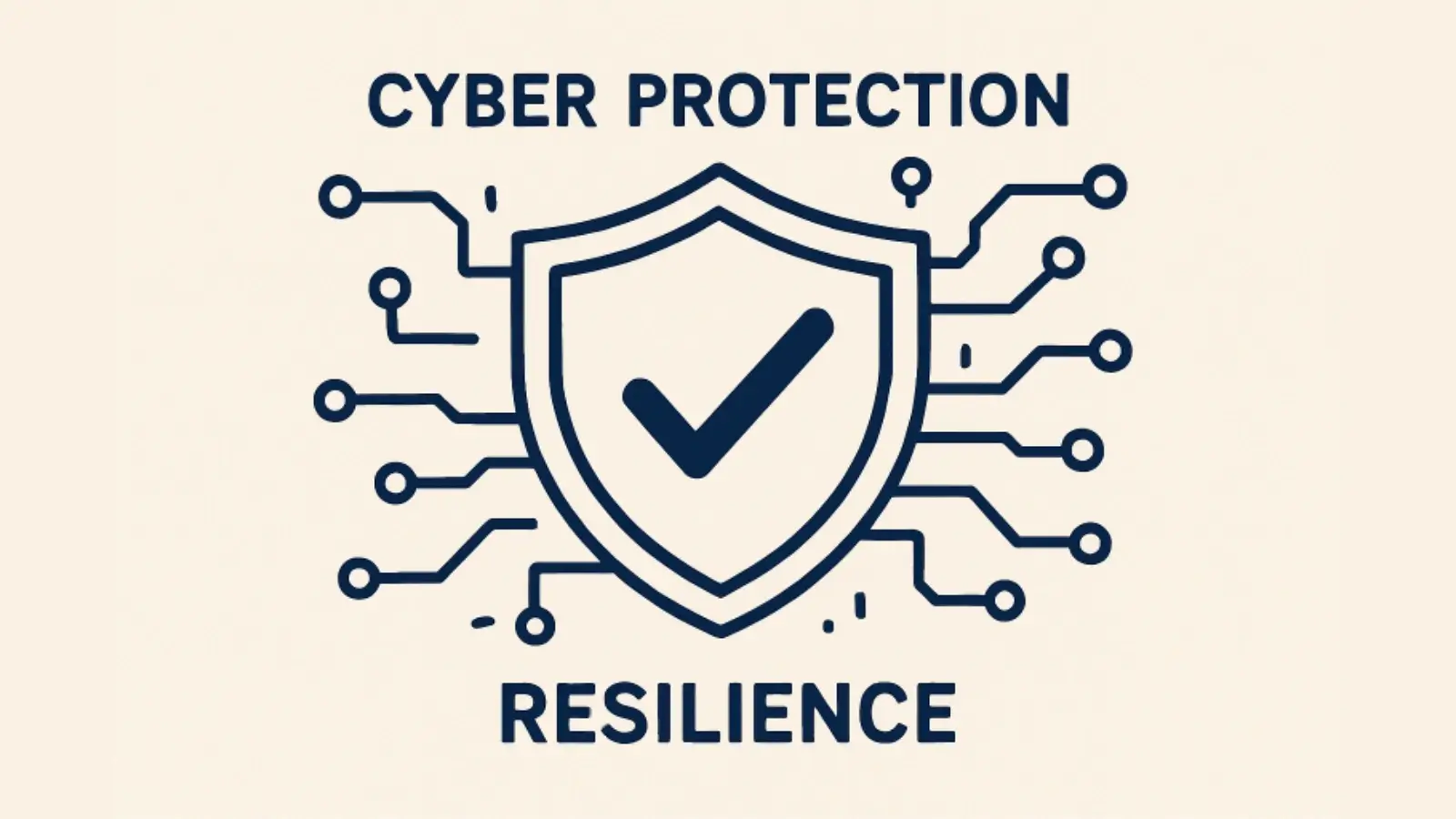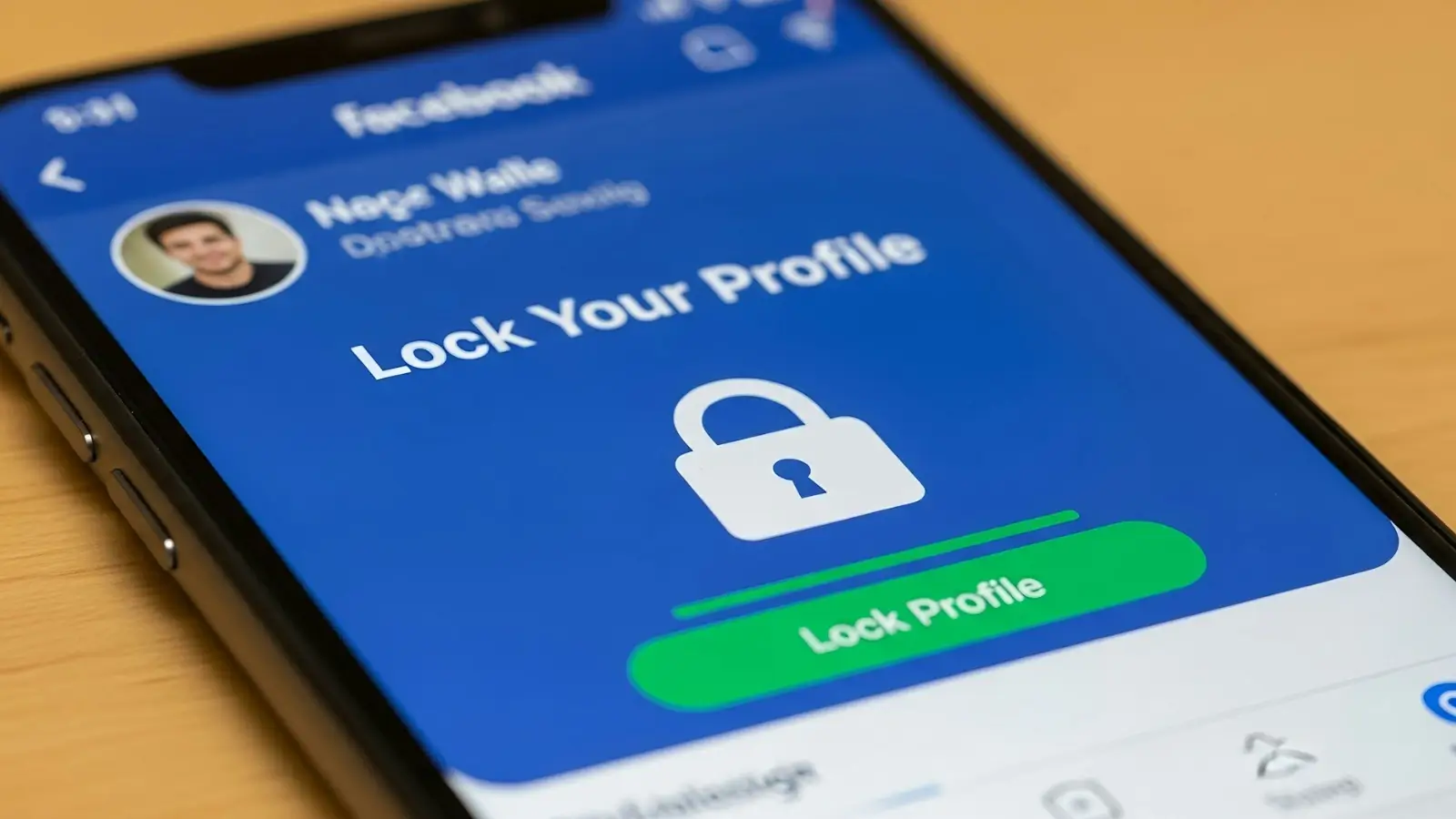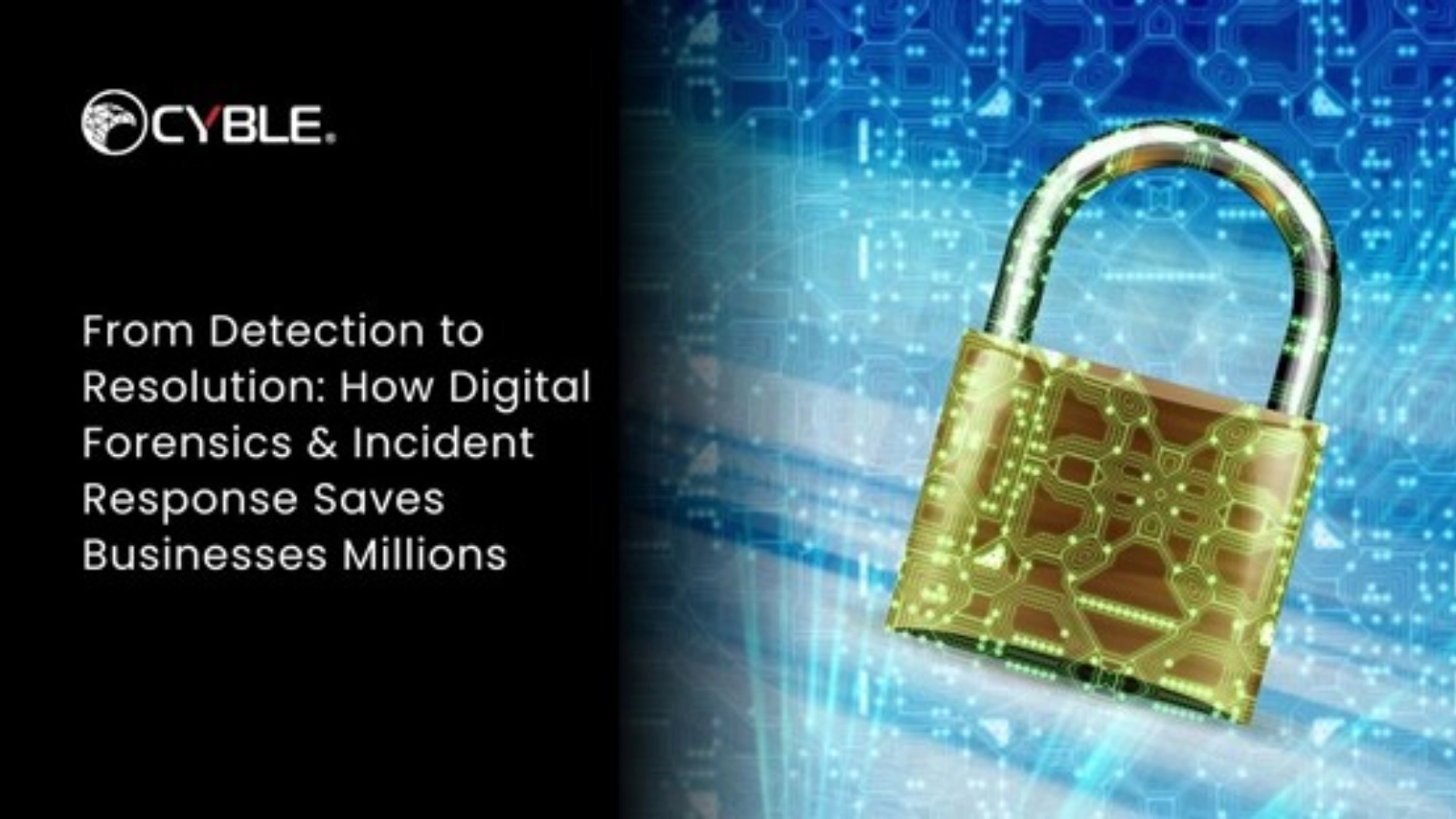Are your business systems as secure as you think they are? With cyber threats growing every day, even one hidden vulnerability could lead to serious damage.
Hackers are always looking for weak spots to break into systems. Businesses need smart strategies to stay ahead.
One powerful tool in the fight against cyber threats is penetration testing, also called pentesting. It helps uncover security issues before they become real problems.
This blog post explains how pentesting supports risk management, strengthens security, and protects your digital environment. Read on!
What Is Pentesting?
Pentesting is a simulated cyberattack done by experts to find weak points in a system. These ethical hackers use the same tools and tricks real attackers might use.
The goal is to spot security flaws before cybercriminals can exploit them. This process gives businesses a clear view of how well their defenses hold up under pressure. Pentesting is one of the best ways to test how ready your system is for real-world threats.
Identifying Vulnerabilities Before Attackers Do
Early detection of problems helps avoid costly data breaches. Pentesting finds old software, weak passwords, and systems that are not set up correctly. These holes make it easy for hackers to get in.
Companies can fix problems before they become big risks once they are found. Taking this proactive step is very important for keeping business operations safe and sound.
Supporting Regulatory and Industry Compliance
Many industries have strict rules for cybersecurity. Pentesting can help meet these requirements by showing that systems are regularly tested. For example, financial services and healthcare organizations often need to follow tough security standards.
Performing tests shows regulators that your business takes security seriously. It also answers a common question in audits: is penetration testing a requirement for ISO 27001? While not explicitly required, it is a highly recommended way to meet its risk assessment standards.
Strengthening Incident Response Plans
Pentesting can also improve how well a company responds to cyberattacks. When a test shows how an attack might happen, teams can prepare better responses. This means faster reactions and less damage if a real attack occurs.
It's like a fire drill for your digital systems. Knowing what to expect helps everyone act quickly and stay calm in a crisis.
Enhancing Security Awareness Among Teams
When team members see how easily a hacker can break in, it raises awareness. Training combined with pentesting results helps staff learn what to avoid.
People become more careful with passwords and spotting phishing emails. This builds a culture where security is everyone's job. Even small changes in behavior can make a big difference in preventing cyber threats.
Saving Costs in the Long Run
Fixing security issues after a data breach is much more expensive than preventing them. Pentesting helps avoid financial loss, lawsuits, and reputation damage.
Insurance premiums may also be lower for companies with strong security testing practices. Plus, downtime from a cyberattack can hurt both profits and customer trust.
Identifying Vulnerabilities With Pentesting Matters
Pentesting plays a vital role in risk management by revealing hidden weaknesses and helping businesses fix them before hackers strike. It strengthens defenses, supports regulatory goals, and prepares teams for real threats.
By raising awareness and reducing costs, pentesting becomes a key tool for long-term cybersecurity planning. Every company that values data protection should consider making it part of their regular strategy.
Taking action now means fewer surprises later. With threats always evolving, staying one step ahead makes all the difference.
Did you like this guide? Great! Please browse our website for more!

















